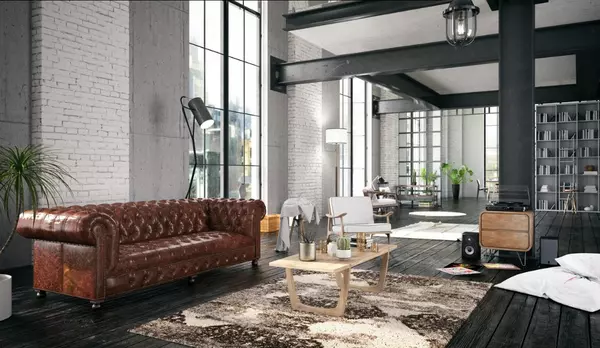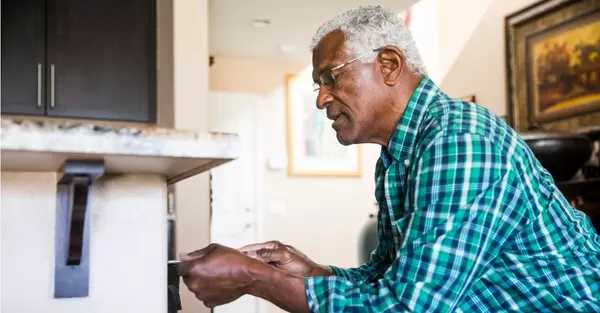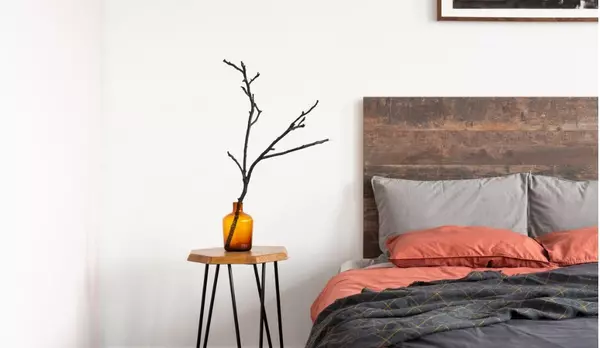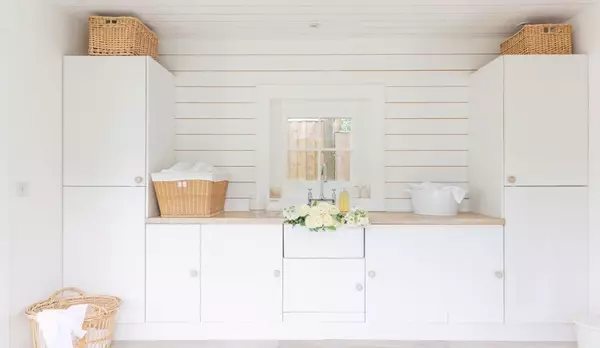
How to Make Your Home More Eco-Friendly
While many can associate eco-friendly trends with a certain look that isn’t as desirable as you might want in your luxury home, there are many ways to improve the environmental impact of your home without losing style. Here are a few options to consider. Install a green roof. While we see these on many corporate buildings, have you considered adding one to your home? Not only is it helping purify the air in your neighbourhood and giving you constant access to fresh food and flowers, but it can also become a staple that guests look forward to visiting every time they come to your home. It helps the environment while looking amazing, which is a win-win. And if doing a section of the roof isn’t practical, consider one of the hottest trends this year, a green wall. Switch to geothermal heating and cooling. This technology is sleeker than solar panels but provides the same eco-friendly effect for your home. It instantly adapts to the weather conditions outside ensuring your home is always comfortable no matter what time of year it is. Use sustainable and locally–sourced materials. If leaving a small footprint is important to you, when you are renovating, go as local and sustainable as possible. You won’t sacrifice style or quality, but the environment will thank you. Use only LED lighting. The most environmentally-friendly source of lighting, LED will transform your home from an energy sucker to an energy saver. Even if you prefer to keep the lights on, with LED lighting you will still have a smaller environmental footprint than any other form of lighting. It also completely transforms the feel of your home, with its softer, sleeker look. Get LEED Certified. LEED (Leadership in Energy and Environmental Design) is the gold standard when it comes to environmental friendliness. It is used around the world to recognize homes that go above and beyond to be carbon neutral and environmentally friendly. Homes have to be built to their specific high standards in order to earn this title, but the best construction teams are already working to meet and exceed these rules.

How to Make Your Condo Appear Larger
If you’re considering putting your condo on the market while the market is hot, you’ll want to do everything you can to ensure the space looks as large and welcoming as possible. Small spaces can turn a buyer off, but if you invest some time and money into it, you can make it look larger than it actually is. Use the mirror trick. Well placed mirrors can make a tiny room feel almost endless, as they will reflect the sunlight and create a seemingly open space. Large mirrors in the bathroom will make it look larger, and well-placed mirrors in hallways not only add visual appeal, but also open the space. It’s all about the windows. There’s a reason most condos have floor-to-ceiling windows even though the Canadian winter weather might make that seem like a foolish idea. If one side of the apartment has no windows, the side that does should have plenty to ensure that plenty of light is let in. While you might not be able to change the windows in a condo, you might be able to in other small properties like townhomes. If you’re able to, it’s always an advantage to add more windows to a small space. Stick to light paint colours. This might be the oldest trick in the book, but for good reason—it works. Light colours reflect the light and open up the space, dark colours do the opposite, making your condo look even smaller than it is. While you don’t have to stick to white, a lighter version of your favourite colour will brighten the space and still reflect your personality. Emphasize useful furniture and hidden storage. When it comes to staging (or even just living in) a small space, showing off the abundant storage and the sectional that actually has hidden storage space under it is a great way to ensure that potential buyers see that a small space doesn’t have to be constricting. Building extra storage space into the unit is not only functional for you while living there, but will also be appealing to future buyers.

4 Rules for Staging Luxury Interiors
Whether you’ve just moved into your luxury home or you’re planning to sell and want to stage it as optimally as possible, there are a lot of elements to consider. We’ve all seen luxury homes so terribly decorated that they did little justice to the home’s stately architecture or premium finishes. Don’t let that be you! Here are some tips for staging luxury interiors. Don’t worry about matching the interior style to the architecture. In Canada, there are so many architectural styles for luxury homes, from hard loft conversions to futuristic luxury condos, to sprawling Tudor-style estates and everything in between. However, that doesn’t mean your interior decorating style has to match your exterior. A Tudor-style home doesn’t have to feature period furniture. Likewise, a contemporary condominium can have mid-century modern elements and a heritage home can feature a mix of vintage and modern accessories. Splurge on areas that get a lot of use. When it comes to luxurious materials and finishes, think about the spaces that get the most use. In most homes, that tends to be the kitchen and entertaining spaces, so investing in high-end kitchen finishes and luxurious living room furniture makes sense. Bathrooms and bedrooms are also areas of importance, so high-end bath towels and bed covers are key splurge items, as well. Mixing textiles is key. Another way to convey luxury is by the look and feel of textiles or surfaces. Cool marble elements or throw pillows in rich velvet or mohair immediately give an upscale vibe to a room. In smaller spaces, you can also achieve this with a tactile wallpaper, such as grasscloth. Keep it impersonal. Luxury buyers are looking for a high-end space where they can imagine setting down roots and housing their own belongings. That’s why it’s crucial to stick to neutral colours and remove personal items, be they photos or accessories. Let your home offer more of a hotel-like feel, so buyers can imagine themselves in the space.
Categories
Recent Posts










